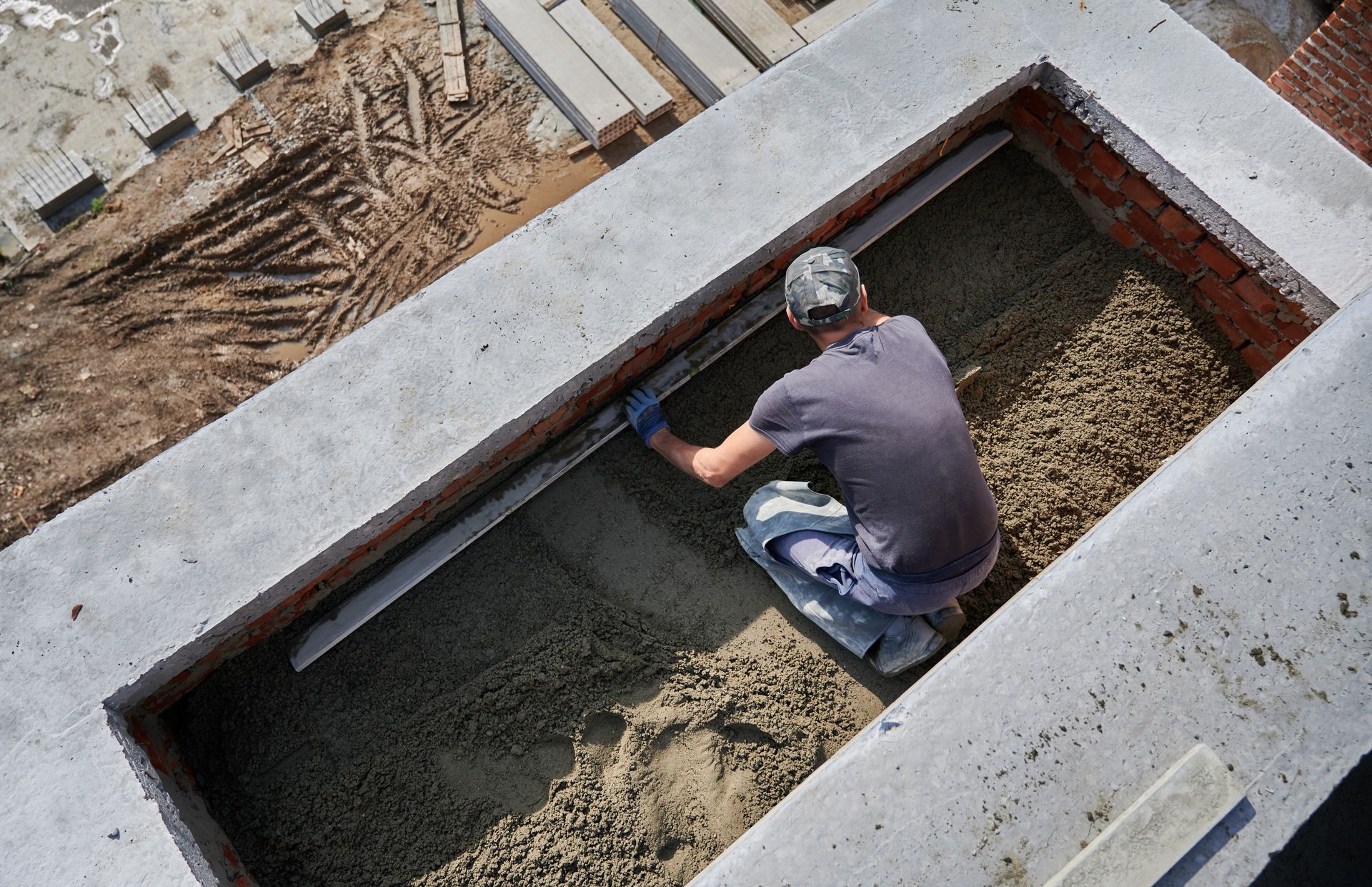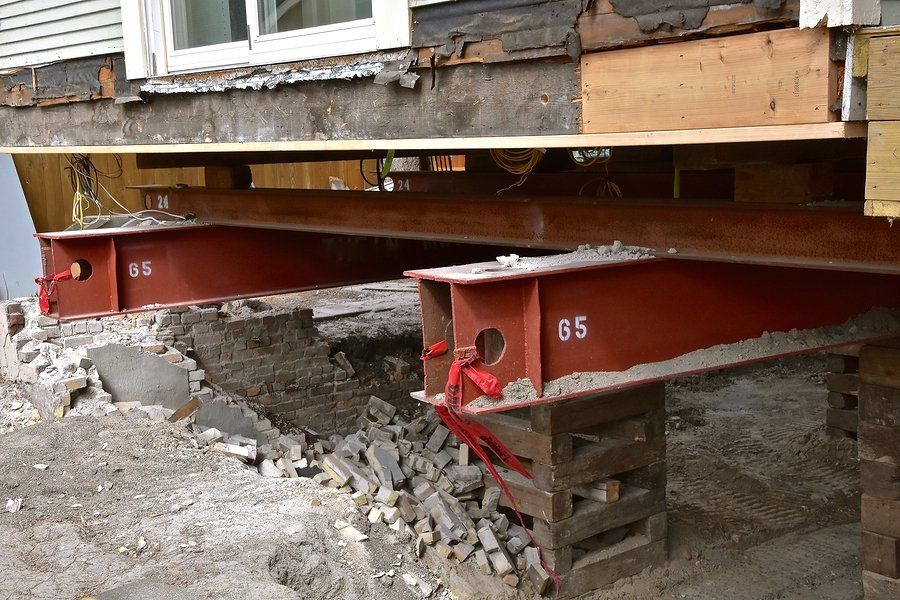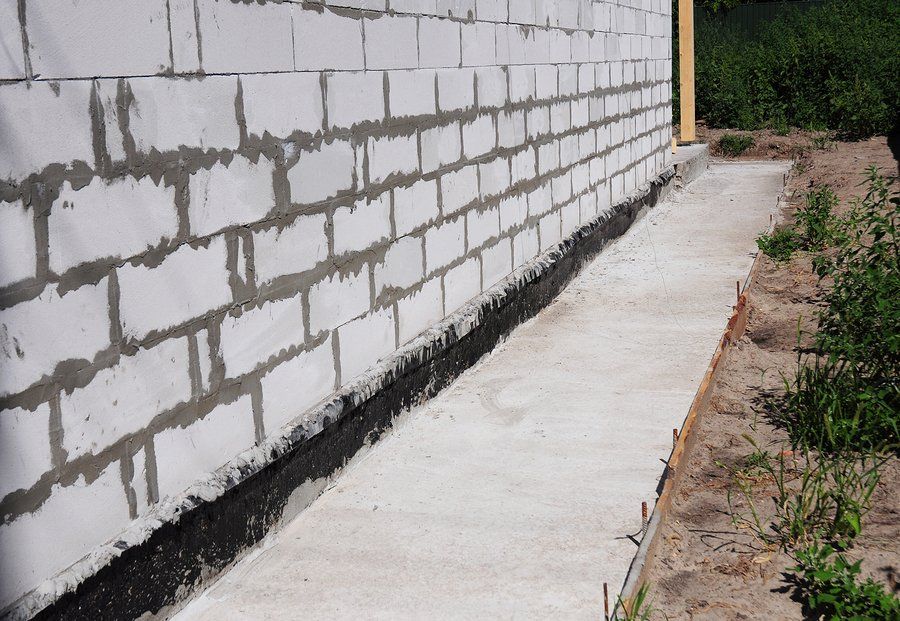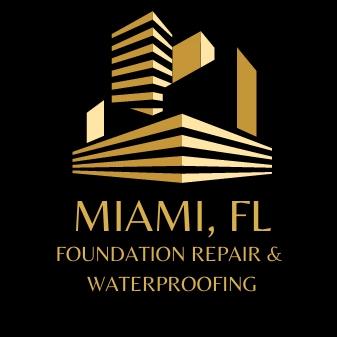What is Mold Removal? Benefits, Installation Process, and Cost
Your Ultimate Guide to Mold Removal: Health Benefits, Costs, and Expert Insights for Miami Homes and Businesses
Mold isn’t just a gross nuisance clinging to your bathroom tiles, it can be a serious threat to your home, health, and wallet. And if you’re in Miami, where the humidity loves to overstay its welcome, mold issues are practically an uninvited house guest. This guide isn’t just about removing mold; it’s about understanding, preventing, and staying one step ahead of this silent invader. Grab a cup of coffee (or maybe wear gloves!) as we dive into the nitty-gritty of tackling this pesky problem.
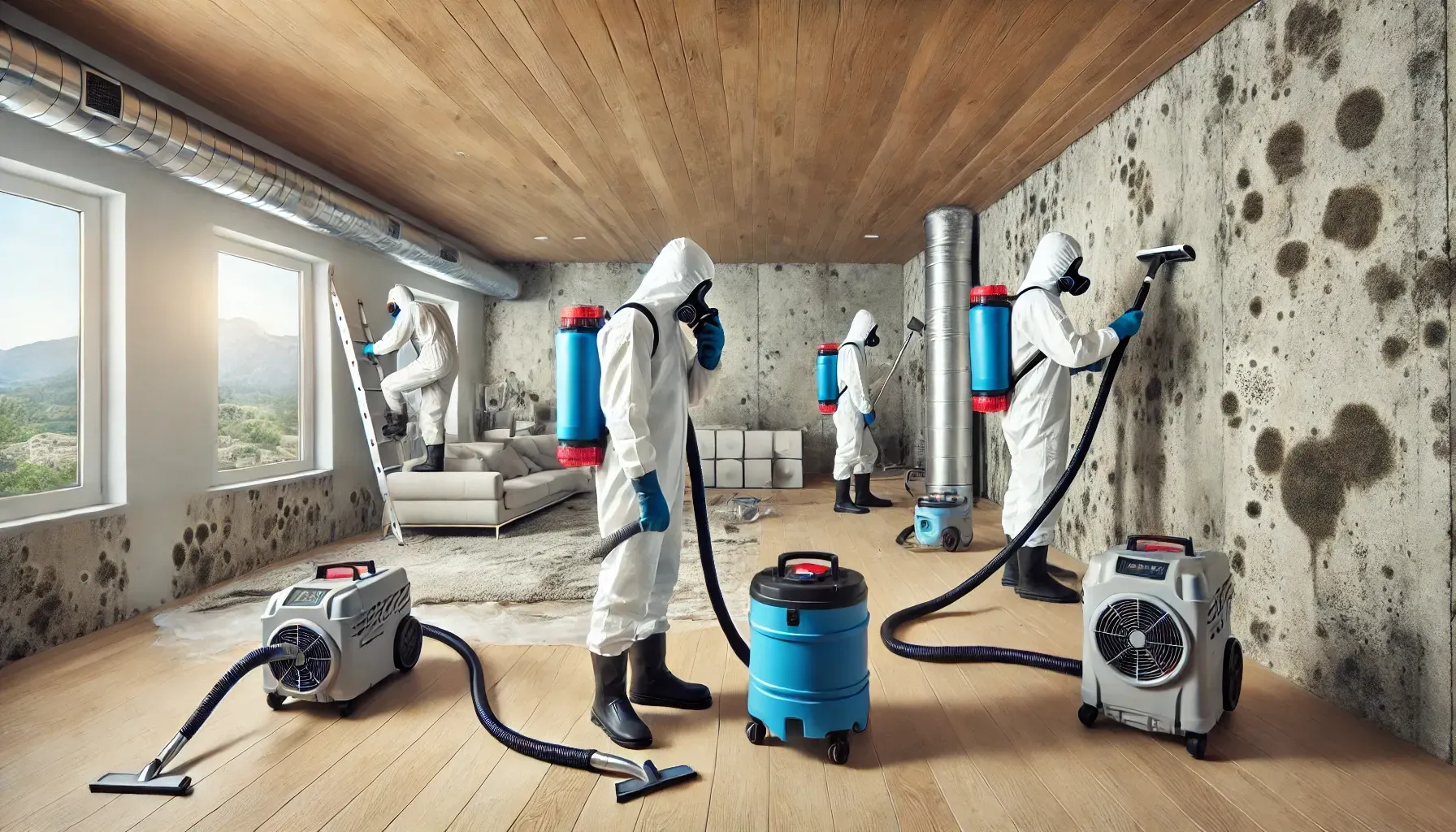
What’s the Difference Between Mold Removal and Mold Remediation?
Same Mold, Different Goals
Let’s clear the air, literally and figuratively. While mold removal and mold remediation are often used interchangeably, they’re not quite the same thing.
- Mold Removal: This involves physically removing mold from surfaces. It’s like mowing the lawn; you’re getting rid of what you see but not addressing the roots.
- Mold Remediation: A comprehensive approach that includes testing, containment, removal, cleaning, and preventive measures. Think of it as landscaping, a full overhaul to prevent regrowth.
Why does this matter? Because mold problems, especially in Miami’s muggy climate, tend to resurface unless tackled holistically. Going for remediation is the smarter, long-term solution that ensures peace of mind.
How to Test for Mold
Don’t Sniff It Out, Get a Pro
While a musty smell might tip you off, proper mold testing requires expertise. Here’s how to do it right:
- Visual Inspection: Spotting black spots or fuzzy green patches? That’s a red flag. But remember, mold often hides where you least expect it—behind walls, under floors, or inside your HVAC system.
- Professional Mold Testing: Companies like ours use advanced equipment to detect hidden mold. DIY kits are an option, but they’re about as reliable as a weather app predicting Miami’s rain patterns.
- Air Quality Sampling: Mold spores are sneaky. Testing the air reveals what’s lurking invisibly and helps you understand the full scope of the issue.
Investing in a thorough mold inspection Miami homeowners trust can save you headaches down the road. Catching mold early is like finding a tiny leak before it becomes a flood.
Most Common Types of Mold in Homes and Businesses
Not all molds are created equal, and knowing what you’re up against can make a big difference. Here’s who might be invading your space:
- Aspergillus: Common indoors and relatively harmless unless you’re immunocompromised. It’s like the mosquito of molds—annoying but manageable.
- Cladosporium: Loves carpets, fabrics, and HVAC ducts. It’s the frenemy you didn’t invite.
- Stachybotrys (Black Mold): The notorious bad boy of mold, often found in water-damaged areas. Prolonged exposure to this can be seriously harmful.
- Penicillium: Known for its blue-green color, it thrives in damp areas and spreads quickly.
These molds vary in severity, but one thing they share? They all thrive in Miami’s humid climate, making vigilance your best defense.
Mold Remediation Process
When you hire mold experts, the process is thorough, strategic, and designed to not only eliminate mold but also prevent its return. Let’s break it down into detailed steps:
Inspection and Testing:
The first step involves identifying the type and extent of mold infestation. Professionals conduct a thorough inspection using advanced tools, such as moisture meters and thermal imaging cameras, to locate hidden mold. They also test air and surface samples to determine the spore count and specific mold species.
Why this matters: Accurate identification ensures targeted remediation, saving time and resources.
Containment:
Once the mold is located, containment measures are put in place to prevent its spread to unaffected areas. This often involves sealing off the contaminated area using plastic sheeting and creating negative air pressure with specialized machines to direct airflow outwards.
Picture a scene from a sci-fi movie where a "quarantine zone" is set up—this is to keep the mold spores from hitching a ride to other rooms.
Mold Removal:
This step is the heart of the process. Professionals physically remove visible mold and any materials it has damaged, such as drywall, insulation, or carpeting. In some cases, aggressive methods like soda blasting (a gentler alternative to sandblasting) are used to clean wood and brick surfaces.
For porous materials, if the mold has deeply infiltrated, replacement might be the only option.
Cleaning and Disinfection:
Surfaces are thoroughly cleaned with industrial-strength antimicrobial and antifungal solutions to kill any remaining spores. Special care is given to HVAC systems to ensure they aren’t circulating contaminated air.
HEPA vacuums are used to remove microscopic mold particles from floors and furniture, leaving no trace behind. This step ensures not just removal but sterilization of the area.
Drying and Dehumidification:
Mold thrives in moisture, so drying the affected area is critical. Industrial dehumidifiers and air movers are deployed to remove excess moisture from the air and surfaces.
Fun fact: Keeping humidity levels below 60% drastically reduces the chances of mold regrowth.
Restoration and Repairs:
Once the area is mold-free, the restoration phase begins. This involves repairing or replacing any damaged structures or materials. For example, new drywall, fresh paint, or even reconstructed sections of flooring might be necessary.
Many companies, including ours, offer waterproofing solutions to protect against future issues.
Preventive Measures and Education:
After remediation, professionals often provide advice on maintaining a mold-free environment. This might include installing dehumidifiers, fixing leaks, or improving ventilation systems.
Prevention isn’t just about fixes—it’s about forming habits that keep your home healthy.
Each of these steps is carefully executed by trained
mold remediation experts to ensure your home is safe and mold-free for the long term. Think of it as a health plan for your house, ensuring that it breathes easy, just like you should.
Health Implications of Mold
Mold isn’t just an eyesore; it’s a health hazard.
- Allergic Reactions: Sneezing, itchy eyes, and skin irritation.
- Respiratory Issues: Asthma, wheezing, and lung infections in severe cases.
- Toxic Mold Exposure: Prolonged exposure to black mold can lead to serious neurological and immune system problems.
- Picture this: Your home is your sanctuary, but mold turns it into a battleground for your health. Investing in proper mold removal is about reclaiming your safe space.
Keep Your Family Safe from Mold
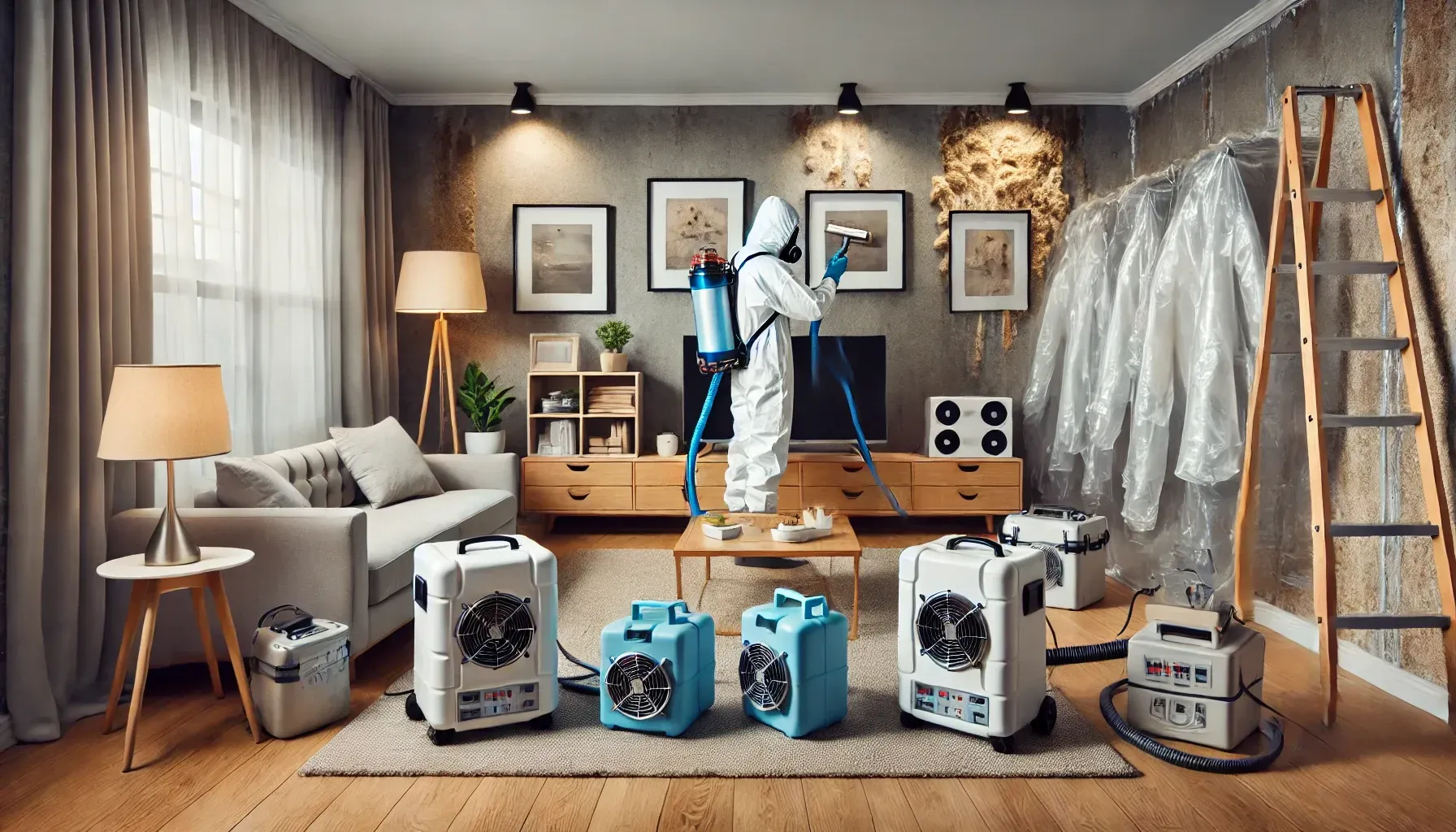
Prevention Is the Best Medicine
Keeping mold away isn’t rocket science, but it does take consistent effort:
- Fix Leaks Promptly: Drippy faucets and leaky roofs are mold’s best friends. Don’t let a minor drip snowball into a major mold infestation.
- Control Humidity: Use dehumidifiers to keep moisture levels under 60%. This is especially important in Miami, where the air seems to be 50% water most of the year.
- Ventilate: Proper airflow in bathrooms, kitchens, and laundry rooms can make a world of difference.
Routine mold inspections are the unsung heroes of home maintenance. Think of them as your home’s annual physical. By identifying potential issues early, you can nip them in the bud and avoid costly repairs.
- Schedule Regular Inspections: The rainy season in Miami makes homes particularly vulnerable. Scheduling an inspection during this time can help you catch and address problems before they escalate.
- Educate Your Household: Teach your family about the signs of mold and how to prevent it. Awareness is key to early intervention.
- And here’s a pro tip: Schedule an inspection during Miami’s rainy season. It’s when your home is most vulnerable, and catching problems early can save you thousands.
Mold Damage Control and Cleanup
If mold gets out of hand, don’t panic.
Professionals use specialized equipment like HEPA vacuums, antimicrobial cleaners, and industrial dehumidifiers to restore your space to its former glory. This process not only removes mold but also addresses its root causes, ensuring your home stays safe and sound.
Comparing Mold Removal to Other Repair Solutions
Why is mold removal so important? Ignoring it can lead to:
- Structural Damage: Mold weakens walls, floors, and ceilings, causing costly damage over time.
- Health Risks: Prolonged exposure can exacerbate health problems, especially for children and the elderly.
- Resale Value Drop: No one wants to buy a moldy home. The costs of neglecting mold issues can far outweigh the expense of fixing them.
Mold isn’t just another repair issue; it’s a challenge that requires immediate action.
Mold Removal Costs
Here’s what you’re looking at:
- Inspection: $200–$600, depending on the size of your home.
- Removal/Remediation: $1,000–$6,000 on average. Severe cases can cost more.
- Prevention Measures: Dehumidifiers and waterproofing solutions might add another $500–$2,000.
While these costs might seem steep, remember that mold removal is an investment in your home’s safety and value. Plus, catching the problem early can significantly reduce expenses.
Conclusion
Mold removal isn’t just about aesthetics; it’s about protecting your health, home, and peace of mind. Whether you need a basic mold inspection or full-scale mold remediation Miami residents rely on, it pays to act fast.
Don’t let mold crash your party, take charge, and let’s make your home a safe, mold-free haven. With the right team and preventive measures, you can stay ahead of mold and enjoy a healthier, happier home.
Got mold? Call us, your friendly neighborhood mold specialists!
Key Takeaways From This Guide:
- Mold is more than an aesthetic issue; it’s a threat to your health and home value.
- Opt for mold remediation over simple removal for long-term protection.
- Regular mold inspections and preventive measures are critical, especially in humid climates like Miami.
- Professional remediation ensures thorough removal, effective containment, and prevention.
- Acting quickly can save significant costs and reduce health risks.
Stay vigilant, stay safe, and ensure your home remains a mold-free sanctuary.
This guide was just the beginning stay tuned for more detailed blogs. We have already written many blogs on other topics, check out our detailed blogs Foundation repair and Waterproofing.


